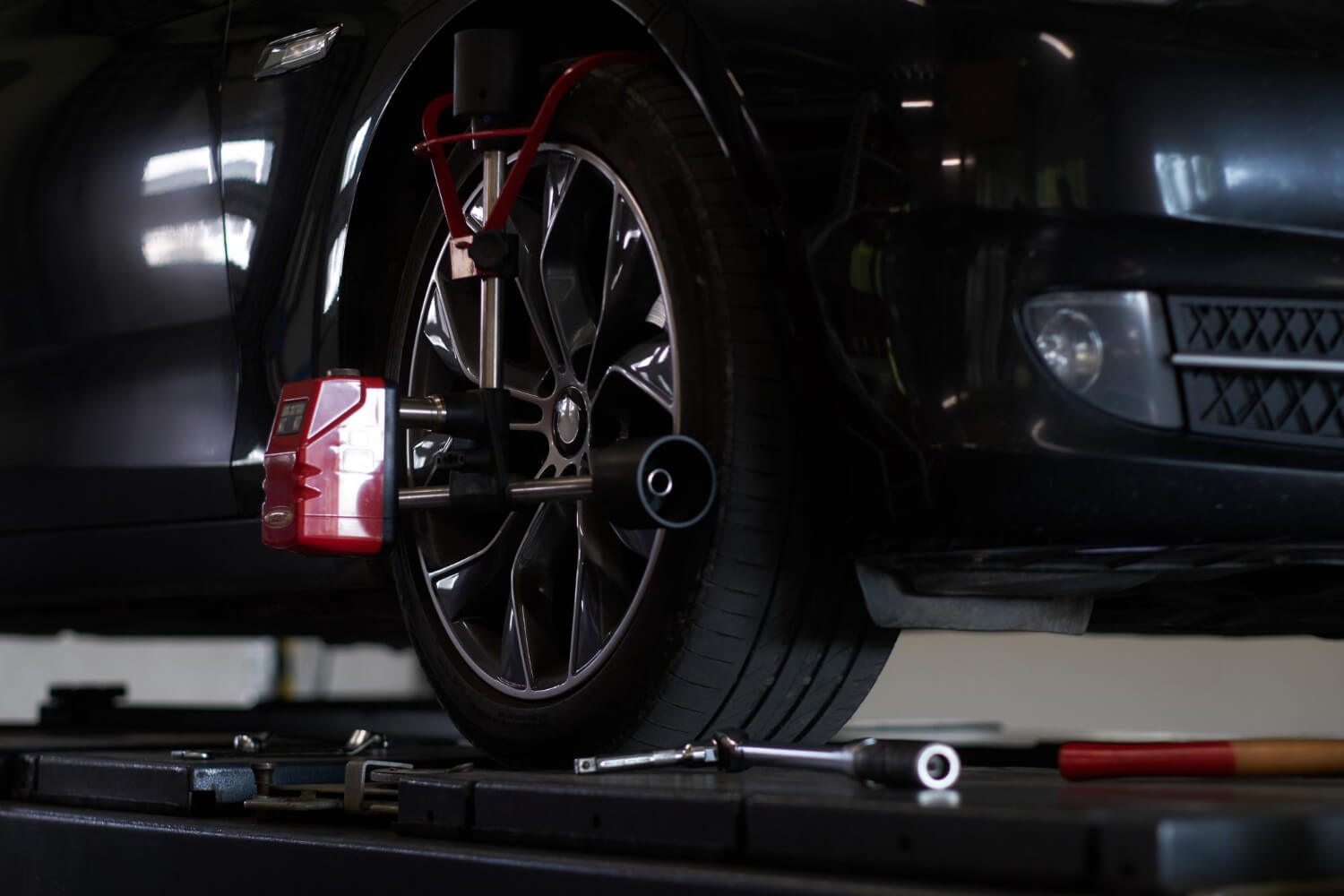Key take away point from the POV back then in 2007 was about “Strategic Alliances” in domain of technology, manufacturing, product engineering / development, sharing of platforms etc.“
Today, while reading article on similar topic where strategic / product development alliance between Mahindra & Ford is mooted after they had parted ways in 2005, thought of sharing what I had penned and how it still holds relevance!
With technology rapidly evolving / disrupting, this thought seems to be relevant in other sectors too. Another recent article was of Greaves Cotton & Atul Auto! I’m sure there are many more such stories, which may not have made their way to news articles.
Such alliances will simply help corporations leap frog to fill the void in product development / innovation, revamp its product & solution offerings to be relevant as well as dominate market place.
Indian Automotive Industry: A Point of View- Lets Discuss!
(Written by me in Nov’2007)
Automotive Industry Scenario back then:
Automotive and component business globally is in midst of transition and in no means it is static. Due to changing demographics across globe, automotive industry is witnessing significant restructuring in every aspect viz. active consolidations, new business alliances, increasing competition, strategic alliances in manufacturing / other core areas etc.
Key Trends- Globally:
History has always proven that most successful companies are those that keep the larger picture in sight through tough times. Following are few notable trends in global automotive industry as of 2007:
- Strategic alliances will be more common than mergers or acquisitions
- Product quality and cost savings remain huge priorities for industry executives, but fuel efficiency now tops the list of consumer preferences
- The winners in global market-share gains will be, in this order, Chinese, Indian, and other Asian brands.
- The biggest likely growth areas are hybrids and entry-level vehicles
- Profit expectations are mixed, with a majority favoring “flat” or “volatile” over the next five years
- Uncertainty about future profits is reduced in larger OEMs and suppliers and is higher in smaller suppliers.
- The major reason for investing in India or China is shifting from local sales to ‘cost-efficient manufacturing’, which will continue to rise in near future
- Looming concern of bankruptcy, which may be a major concern after few years
- Excessive capacity in various pockets and aggressive decisions on adding capacities without exploring possibility of cross-utilizations
Initiatives undertaken globally:
Companies are investing in developing capabilities in space of research (new technologies and models), manufacturing, logistics and financing. However, automobile being a very capital intensive industry, ‘bankruptcy’ remains major concern.
The main driver for this concern will be ‘non-competitive’ cost structures.
Globally, automotive companies are changing business model and technology partnerships, creating synergy in manufacturing facilities, initiating business restructuring to attain good product quality and cost savings.
Globally, companies continue on out-sourcing/ off-shoring of manufacturing to countries like India, China, and Eastern-Europe.
Industry is also poised to accommodate and benefit from emerging markets viz. China, India, Vietnam, Eastern Europe, and Latin America. These regions are not only sources of low-cost labor but also growing markets themselves, particularly for entry-level vehicles, small cars and trucks and construction equipments.
And as those markets grow, the range of vehicles they need will expand.
Companies are also looking at developing countries as new markets to reinforce their market positions. To serve the local market more effectively and to support global research initiatives, many automobile corporations are setting up R&D centers in India to leverage on talent-pool.
Also, in today’s scenario, imports are significantly cheaper as duties on automotive products have decreased since India became signatory member of WTO and also due to the strengthening rupee, which is going to continue in short-term for next few years.
Due to growing economy and heightened demand in developing countries, there is sudden influx of global automotive players. Significant capacity enhancement has also been undertaken in short period to bridge the gap between demand and supply.
However, some organizations are unable to unlock benefits of the favorable economic environment. Earlier large corporations could assert their market positions because of less competition and building larger capacities. However, traditional model seems to cripple and may not be valid any longer.
To create value for end-customer, many organizations in the entire value chain are:
- Building capabilities for better product development/ enter in technology sharing agreements.
- Global auto-giants are creating synergy in product engineering or development
- Cost reductions and better turnaround time for various activities in entire value chain viz. starting from product development till buying of end product.
- Investment in processes viz. vendor development, quality checks, logistics, manufacturing, inventory etc. to enhance margins and efficiency
- Outsourcing of support functions or creating synergy for such activities to focus on key activities to drive value

